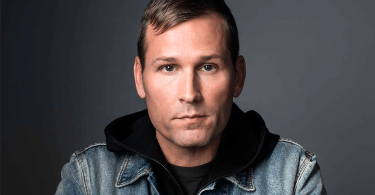Walking like a geisha through Oslo’s sleet-laden streets, I curse my lack of layers.
I wanted to explore the area around my hostel; five minutes later, my teeth are clattering too much to continue.
And I’m not the only one. This sort-of-pint-sized capital (population: 545,000) gets even sleepier of a February evening, when people hunker down early for the night.
Oslo’s eye-catching architecture | Photo: Wiki
I pass a quiet, cozy bar; the lure of an open fire proves too tempting. I step inside, and I’m not in Oslo anymore. Rather, I’m Alice in Emerald-Isle-Wonderland.
Never did I expect my first beverage in the city to be an Australian beer in an Irish pub. Then again, I’ve eaten Italian food in Bangkok, and Chinese food across America, and we’re living in an increasingly globalized world, right? Well, ultimately, I do live to regret my decision, when the time comes to settle up.
‘That’ll be €14 please,’ says the local bartender, recognizing me as a British tourist, nonplussed by the look of sheer horror on my face.
Yep, I’m definitely in Oslo after all.
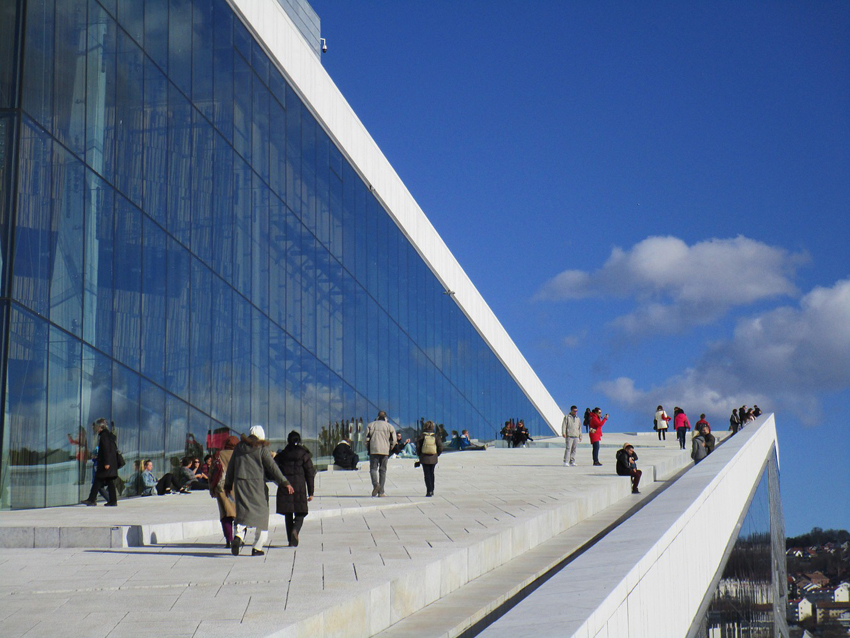
The striking exterior of Oslo Opera House | Photo: Pixabay
Tigerstaden, or ‘The Tiger City’
Oslo was nicknamed Tiger City in the 19th century when, according to the Chicago Tribune, ‘country boys visited the wild and crazy “New York City of Norway,” [and] it made “a mark on their soul”‘.
I feel it fits because Oslo’s so ferociously costly. Seriously, type ‘Why is Oslo…’ into Google. The words ‘…so expensive?’ follow.
So, let’s address this now and move on. I’ve been (semi-) pleasantly surprised by the price points of many Scandinavian countries. Iceland, for example, wasn’t as bad as I dreaded. But not Norway. At one point, I couldn’t even afford a muffin in the surprisingly small and underwhelming Nobel Peace Center.
It’s ironic, really, considering the the rapid growth of Norwegian Air. This staggeringly cheap budget airline is opening Norway up to far-flung corners of the globe in a way never seen before.

Acrobat Bridge | Photo: Pixabay
Anyway, it’s something you’re better off accepting. The cost of living is Oslo is high, but so are wages. This is a country where things just work. It’s reflected in the friendly, contented, beautiful faces of the service people, and their bulging tip jars. It’s also reflected in Norway’s World Happiness Report score: it came first in 2017, second in 2018 (after Finland).
For me, it’s also reflected in Oslo’s supercity-style architecture. Here, the the tallest building is the Tyholttårnet, clocking in at just 124m. Everything is neat, boxy and contained, as if in respect for the breathtaking natural fjords, forests and mountains right on the city’s doorstep. (Such as the Oslo Fjord, pictured at the top. Be sure to grab a bench on the waterfront at sunset).
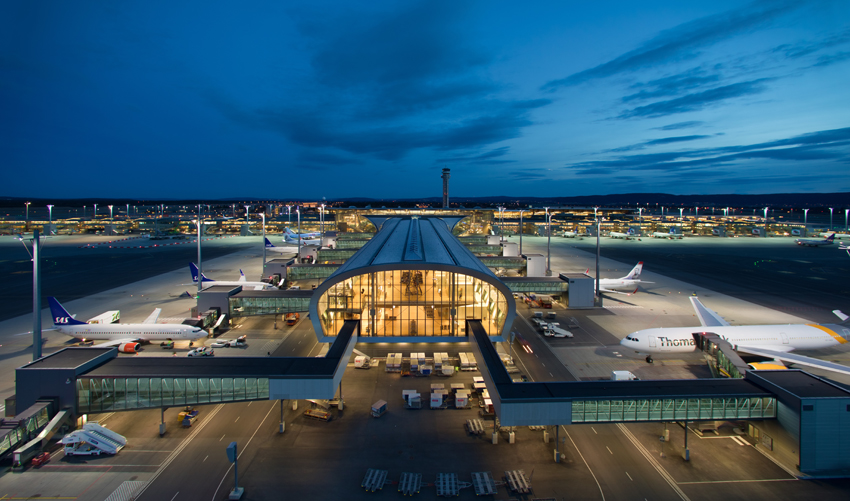
Oslo Airport | Photo: Wiki
But the structures, too, are awe-inspiring. The shimmering, sloping Opera House, for example, and the jutting boxes of Statoil HQ. Even the absolutely gorgeous airport, which to my mind looks like a futuristic train station.
My advice: get out, walk about, look at things, and cap yourself at about four drinks across the weekend like I did. (Oslo only has a small handful of queer bars anyway. The pubbish rabbit-warren that is Elsker bar is the best. It has pool tables, drag shows, and a Viking-esque interior).
Then, get an Oslo Pass which permits free, unlimited travel by bus, tram, underground, boat and local trains, and for 72 hours costs: 745 NOK (€78, £68, $91).
Exploit it to all hell, and learn the other reasons why Oslo really is an priceless gem of a city…
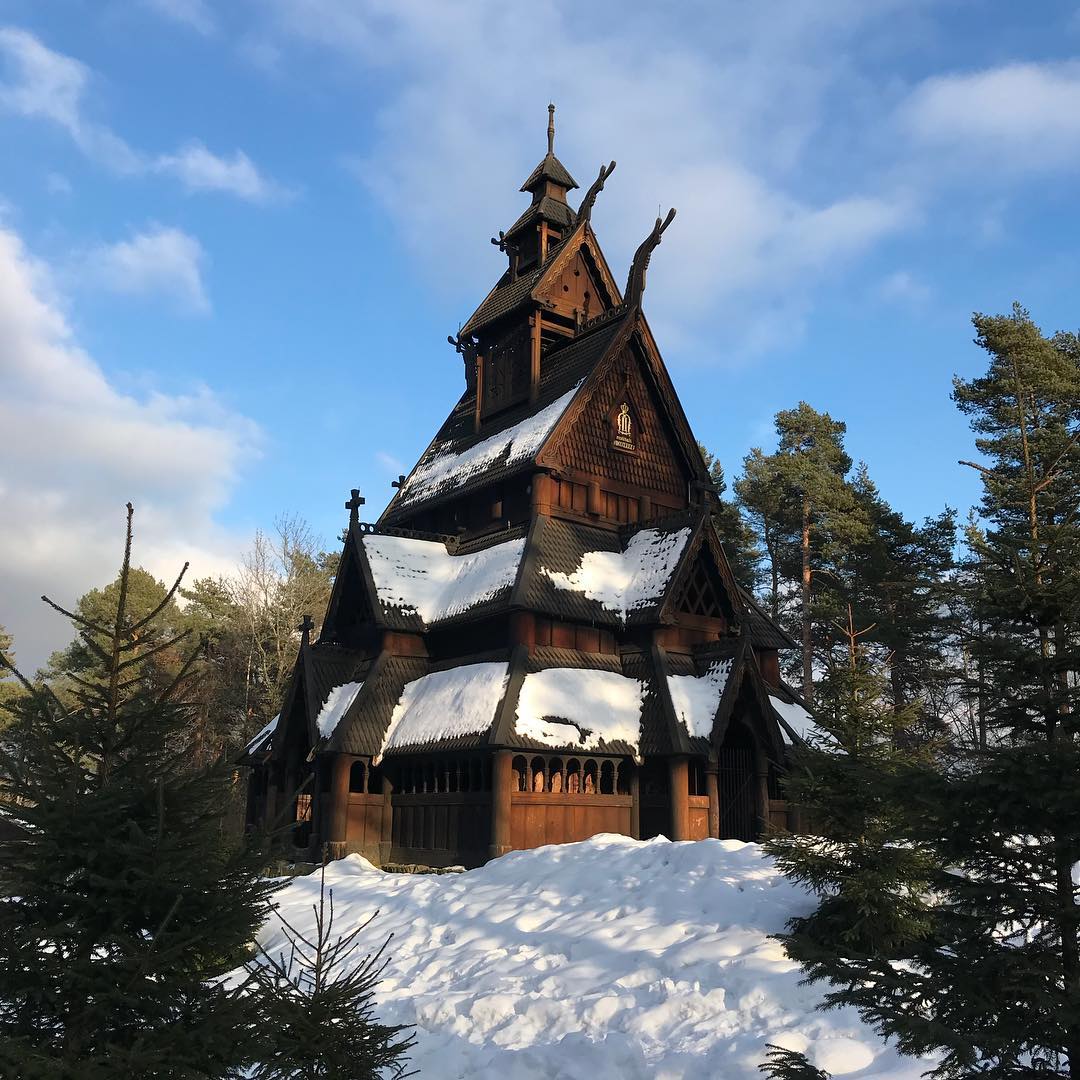
I arrived here 90 minutes before closing and now wish I’d spent the whole day. It’s a gigantic open air museum of over 140 rebuilt barns, farmhouses, townhouses and more. Expect a delightful insight into Norway from the 14th to the 19th centuries, complete actors playing rural workers in full folk dress.
The centerpiece is the exquisite chocolate cake-like Gol Stave Church. It was originally built between 1157–1216 and traveled 189.8 km from its old home in Gol to be perfectly reconstructed in Oslo.
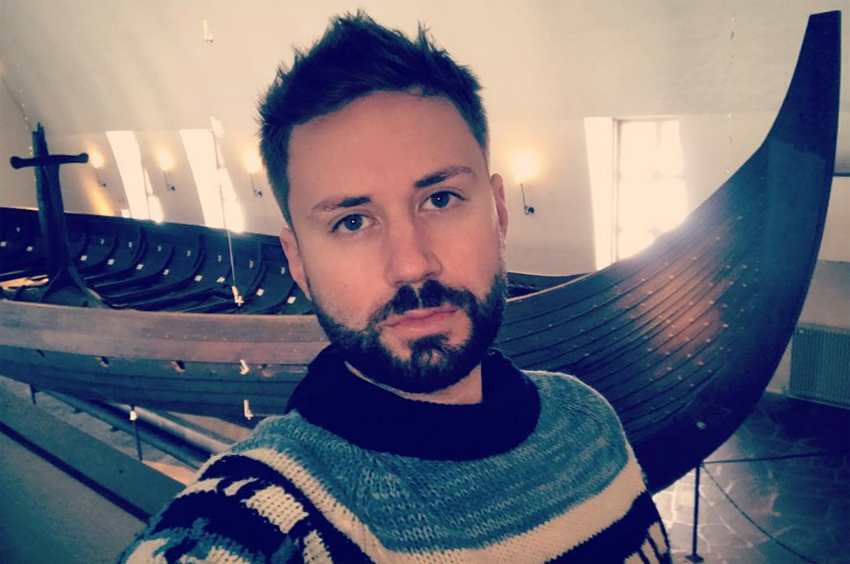
Photo: Instagram/jamietabberer
This might be the coolest attraction I’ve ever visited, although it’s painfully small – not that this can be helped. It’s headlined by the monumental Oseberg Ship – a remarkably unharmed 22m Viking ship, built possibly before the year 800 and excavated from its grave in a Tønsberg farm between 1904-1905.
The Gokstad and Tune ships aren’t as well-preserved, but they still induce gasps. The artefact exhibits – of carved dragon heads, and other otherworldly creatures that would’ve been mounted on the ships’ stems – are fascinating, if not as staggering as the ships themselves.
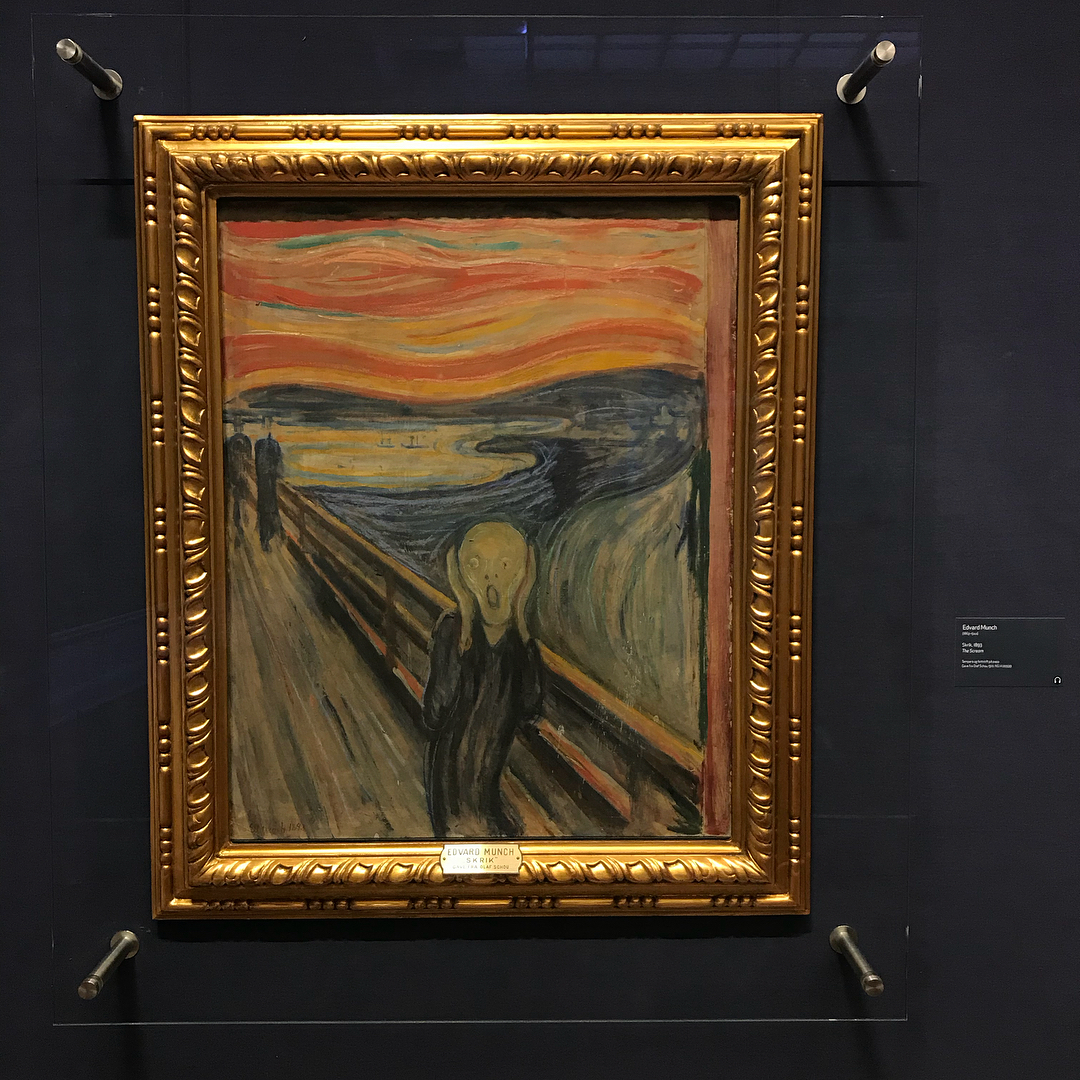
I once painted a direct rip off of Edvard Munch’s The Scream series as a teenager and hung it in my bedroom, such was my love for Norway’s most famous artist’s angst. Oslo’s National Gallery has an entire room dedicated to Munch: a permanent display of 15-20 of his most most iconic works.
Seeing at least one version of that ghostly figure for real – along with the haunting Madonna, who looks like a modern day hipster diva, and Inger in Black and White, who looks like Nelly Furtado in the Try video – was a dream come true. Monet, Modigliani and many more are also represented.
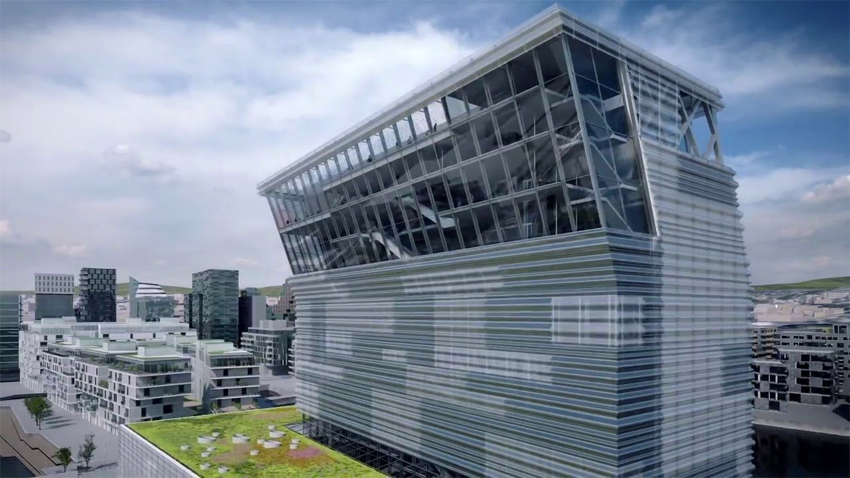
Photo: YouTube
There’s naturally more Munch on display at the Munch Museum. It features such lovely-titled works as Vampire, Anxiety and Death in the Sickroom. The museum’s current size and location are too small and north of center for this amount of talent. As such, in 2019, the Munch Museum will become the 12-storey waterfront Lambda in Bjørvika. Above is an artist’s impression of the tilting structure.
It’s really no wonder Oslo’s Munch collection is so staggering. According to Visit Oslo, Munch himself donated around 28 000 paintings, sketches, photographs and sculptures to the city upon his death.

A moody, low-lit hipster station attracting Oslo’s young and trendy, Smalhans’ set dinner menu is a whistle-stop tour of Norwegian faves with a flourish. Says the website: ‘Every day, the kitchen puts together flavours depending on the catch of the day – be it from the sea, forest or farm’.
On the day of my visit, this was a cured meat with a pork pate, a meaty char with Jerusalem artichoke and rye, sumptuous grilled mussels with herbs and aioli and a fleshy baked pumpkin with Västerbotten (hard Swedish cheese) and lemon thyme. Smalhans translates to ‘scarcity’ or ‘poverty’: the price point could’ve been more reasonable to reflect this, but it definitely wasn’t the most excruciating we encountered. (That would be the aforementioned apple and cinnamon muffin in the Nobel Peace Center, that I bought anyway, and was the best, moistest muffin I’ve ever eaten. Sometimes it’s just worth shelling out…)
For more information about Oslo, head to visitnorway.com and visitoslo.com.





